I am always trying to find ways to help my kids understand the difference between Fiction and Non-Fiction, so over the summer I created a Fiction and Non-Fiction Activity that I could use as an introduction as well as a review with my students.
Here’s what I did.
Over the years, I’ve collected A LOT of book jacket covers and have been saving them for just this activity. I divided them into 5 stacks of about 10 each. In each stack, there were a variety of Fiction and Non-Fiction book jackets. I then gave each stack to a group of 2-3 students and had them sort the book covers into groups. After a few minutes, I had the groups share what they came up with. Some kids grouped the covers into 1) stories about animals and 2) stories about people. Others grouped their covers by 1) big books and 2) small books. No matter what grade level I did this with (Kinder, 1st, 2nd, etc.) I always had at least one group or one student who brought up that some of the book covers were made-up stories and some were “real” stories.
I took this opportunity to teach/review the terms Fiction and Non-Fiction. I made sure to demonstrate that Fiction stories COULD be about “real” things like a boy finding a map or a girl catching a butterfly. The main difference is that the purpose of Non-Fiction books is that they are trying to teach FACTS about a topic. I then show them the two posters and we talk about the definition of each one.
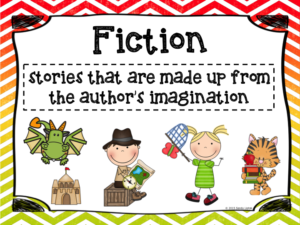
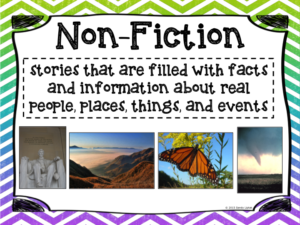
Then I handed each group a stack of Fiction and Non-Fiction Activity cards and told them they needed to work together to determine which story ideas were FICTION and which ones were NON-FICTION. Once each group was finished, I had the groups rotate to check the other group’s answers.

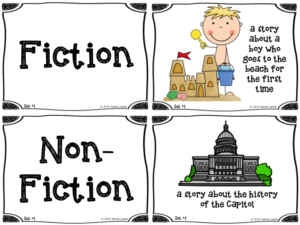
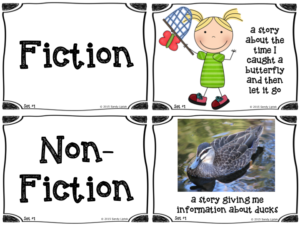
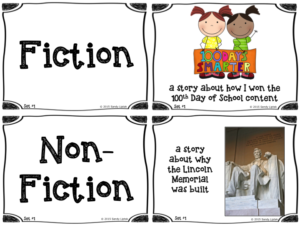
After a few rotations, we came back together and debriefed. We talked about any story ideas they were uncertain about, and any confusion or questions they had. At the end, I gave each student a double-sided bookmark and had them draw their own example of a Fiction and Non-Fiction story idea.
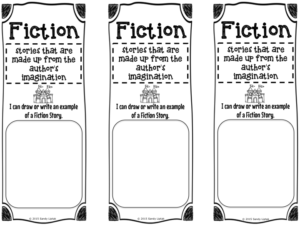

We continued to use these posters at the beginning of each lesson to review the concepts over the next few weeks. If you would like to use the Fiction and Non-Fiction Activity Set with your kids, you can find it here on my website or here at my TpT store.
I’d love to hear about any other fun activities you do to help teach Fiction and Non-Fiction with your students!








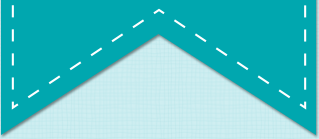

Resources for librarians, teachers, parents, & grandparents